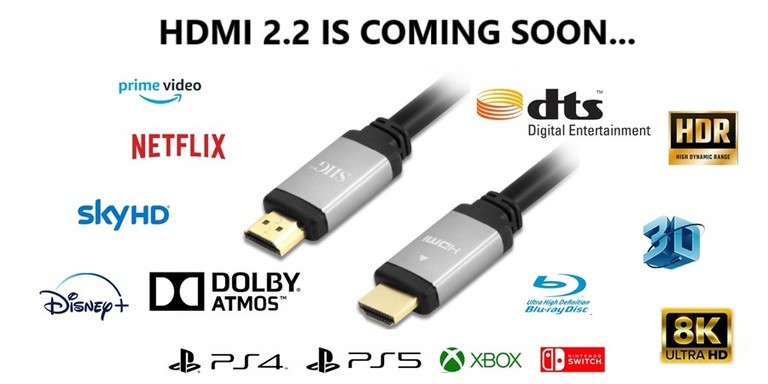
HDMI2.2: A Quantum Leap in Digital Display Technology
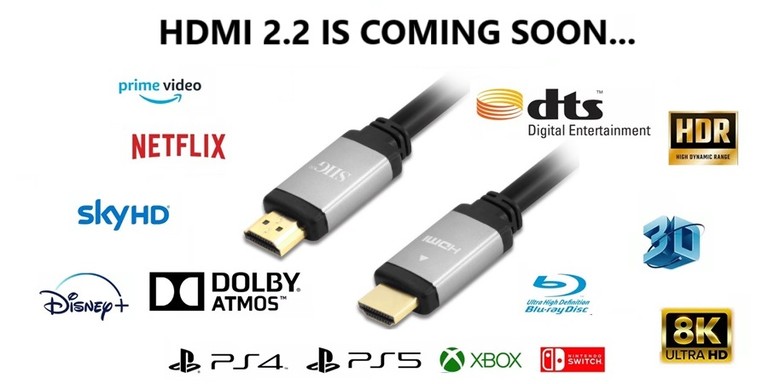
While the widespread adoption of HDMI 2.1 feels recent, the standard was actually introduced seven years ago. After multiple revisions and upgrades to HDMI 2.1, the time has come for the next generation. The HDMI Licensing Administrator has announced plans to unveil a new HDMI standard at a press conference on the eve of CES 2025 in January. Though the HDMI Forum hasn't officially used the term "HDMI 2.2," this update is expected to bring more substantial changes than the incremental HDMI 2.1a and 2.1b updates, making the 2.2 designation highly probable.
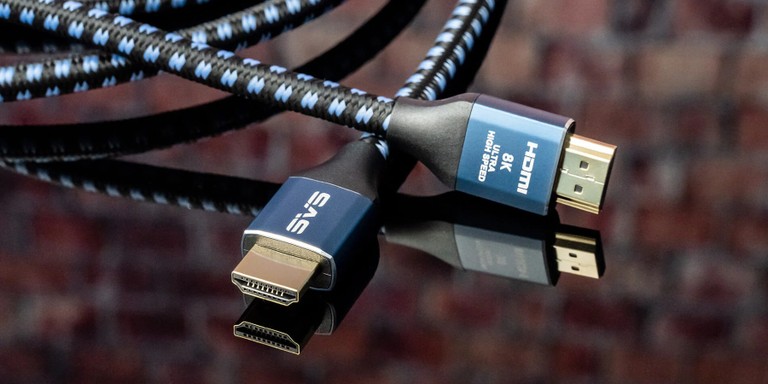
At the upcoming press conference in Las Vegas on January 6, 2025, the HDMI organization is expected to outline technical specifications that will have lasting implications for the consumer electronics industry. While complete details remain under wraps, the press invitation hints at enhanced capabilities, including increased bandwidth to support higher resolutions and refresh rates.
The gaming industry is likely to be the first sector to leverage HDMI 2.2's advanced features, given gamers' appetite for high frame rates and the gaming monitor industry's tradition of pushing display technology boundaries. The current HDMI 2.1b standard offers bandwidth up to 48 Gbps, sufficient for 4K video at 120Hz or 8K at 60Hz. HDMI 2.2 could potentially support 8K or even 10K video at 120Hz or higher. While today's premium televisions typically max out at 144Hz, gaming monitors already push these boundaries—consider Sony's 27-inch INZONE M10S OLED gaming monitor, which achieves 480Hz refresh rates at 2560 x 1440 resolution. For context, DisplayPort 2.1 currently leads the field with 80 Gbps bandwidth, while Apple's latest Thunderbolt 5 ports reach impressive speeds of 120 Gbps.
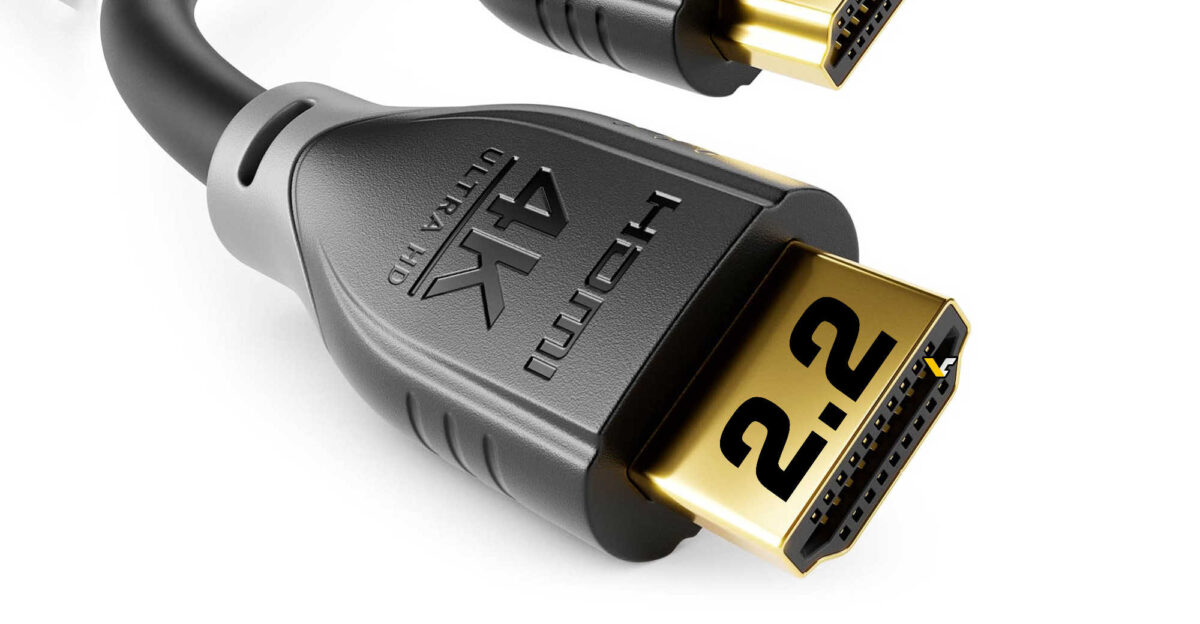
The timing of HDMI 2.2's announcement appears strategically aligned with the next generation of gaming hardware. Both NVIDIA and AMD have scheduled CES press conferences for January 6, suggesting possible compatibility with their upcoming GeForce RTX 50 series and Radeon RX 8000 series graphics cards.
Regarding physical specifications, the HDMI Association's commitment to backward compatibility suggests the new standard will likely retain the familiar connector design—now over two decades old. This conservative approach has sparked discussions in the audio-visual community about potential improvements, such as reversible connections similar to USB-C or locking mechanisms akin to XLR connectors. While some enthusiasts advocate for a complete transition to USB-C, such a dramatic shift seems improbable. Regardless of physical design changes, HDMI 2.2 cables will undoubtedly support bandwidth capabilities far exceeding the current Ultra High Speed HDMI cable's 48 Gbps limitation.
This next iteration of HDMI technology promises to deliver enhanced capabilities for both current and future audio-visual applications, though content creators may need time to fully utilize its potential. The upcoming announcement at CES 2025 will reveal exactly how far this new standard will push the boundaries of digital connectivity.



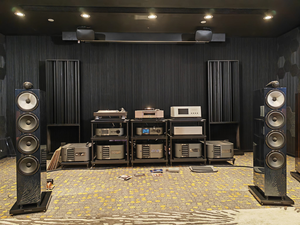
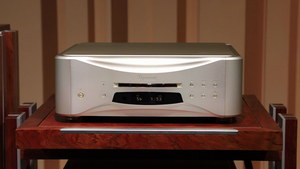
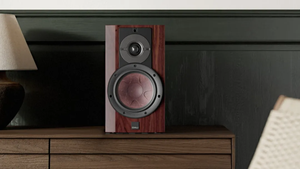
Comments